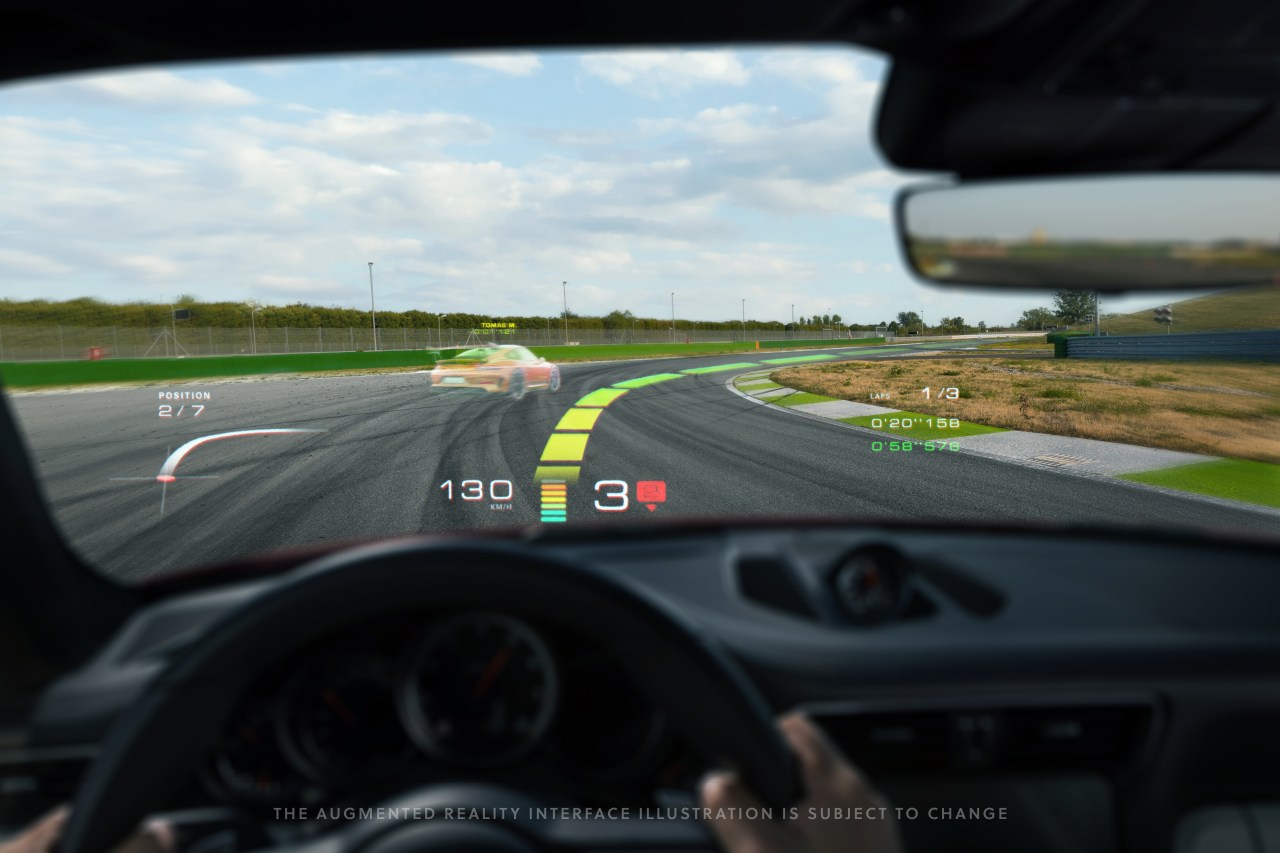The automotive industry is undergoing a seismic shift, one that is bringing innovative technologies to the forefront of vehicle design and consumer experience. Among the numerous players vying for dominance, WayRay stands out as a beacon of creativity and ambition. With a significant Series C funding round led by Porsche, WayRay is gearing up to revolutionize how drivers interact with their vehicles through holographic augmented reality (AR) displays. But how does this technology work, and why is it causing such excitement among automakers?
The Rise of Holographic AR Technology
Founded in Zurich, WayRay is blazing trails in the realm of AR with its groundbreaking head-up display (HUD) technology. By projecting essential information into the driver’s field of vision, WayRay aims to enhance safety and simplify navigation, all while keeping the driving experience seamless. In a world where distractions are commonplace, these innovations hold the potential to redefine how we perceive and interact with information on the road.
With their recent funding of $80 million, WayRay is now valued at an impressive $500 million. This capital injection is crucial for the company to bolster its production efforts, solidify OEM partnerships, and bring its pioneering technology to market, projected for release in the coming year.
A Closer Look at the Technology
WayRay’s approach differs from traditional HUDs, which often rely on screen reflections or built-in displays. Instead, the company leverages holographic AR technologies, pairing software advancements with cutting-edge laser and material science. This unique blend allows for systems that can be 20 times smaller than typical competitors, delivering unparalleled clarity and range.
As noted by Vitaly Ponomarev, the company’s founder and CEO, “We are the number-one in the world in terms of patents.” This claim places WayRay at the forefront of innovation in a sector where differentiation is crucial. Yet, their focus is not merely limited to automotive applications. Future plans include expanding their technology to interactive windows and advanced displays for smart cities.
The Market Landscape and Strategic Partnerships
The market for automotive head-up displays is on an upward trajectory, predicted to exceed $1 billion by 2023. As demand grows, companies like WayRay must navigate competition from established manufacturers such as Continental and Panasonic. However, it’s clear that partnerships with industry titans such as Porsche and Hyundai provide WayRay with significant leverage.
- Porsche: Their investment signals a strong belief in WayRay’s potential. According to their spokesperson, they see opportunities to enhance not just the driver’s experience but also to integrate e-commerce features with the technology.
- Hyundai: Their collaboration focuses on harnessing AR to enhance navigation and create an ecosystem that extends into smart cities and buildings, which aligns perfectly with Hyundai Motor Group’s broader business strategy.
Challenges Ahead
Transitioning from prototypes to fully-fledged consumer products is no simple task. WayRay faces several hurdles related to hardware integration, differing vehicle architectures, and advanced driver assistance systems (ADAS). As Ponomarev explains, these challenges necessitate innovative solutions that will ultimately dictate the product’s success and widespread adoption.
Despite these challenges, the long-term payoff is enticing. An embedded HUD could ultimately lead to a nimble and effective user experience, allowing for real-time data display without compromising safety or convenience.
Conclusion: The Road Ahead for WayRay
WayRay’s ambitious plans for holographic AR technology represent not just a leap forward for automotive displays, but a potential transformation of the entire driving experience. By focusing on strong partnerships and pushing the boundaries of current technology, WayRay could well solidify its place as a leader in the AR space. Their commitment to excellence and visionary approach underscores the exciting future waiting for both automakers and consumers of tomorrow.
At fxis.ai, we believe that such advancements are crucial for the future of AI, as they enable more comprehensive and effective solutions. Our team is continually exploring new methodologies to push the envelope in artificial intelligence, ensuring that our clients benefit from the latest technological innovations. For more insights, updates, or to collaborate on AI development projects, stay connected with fxis.ai.

